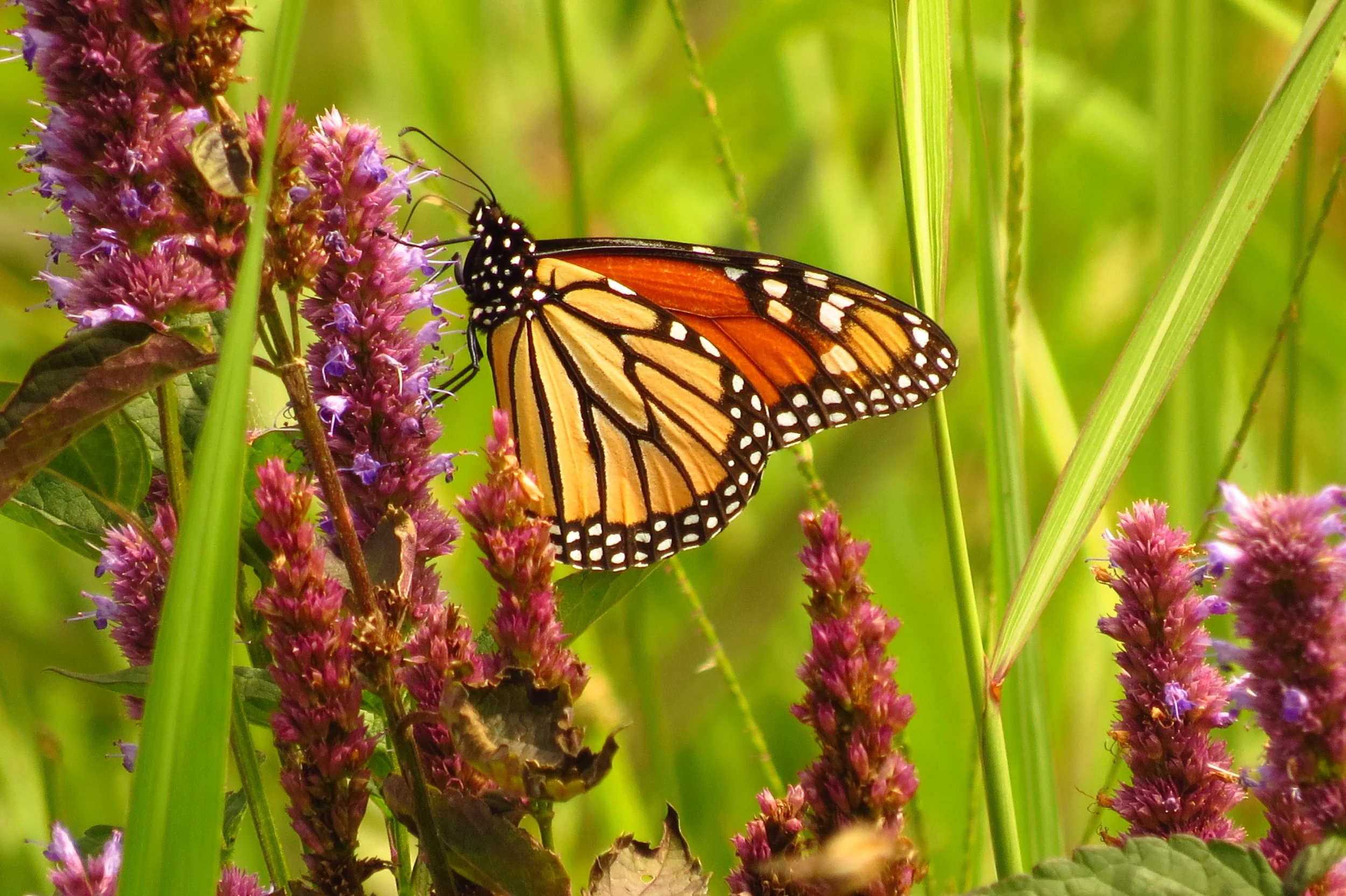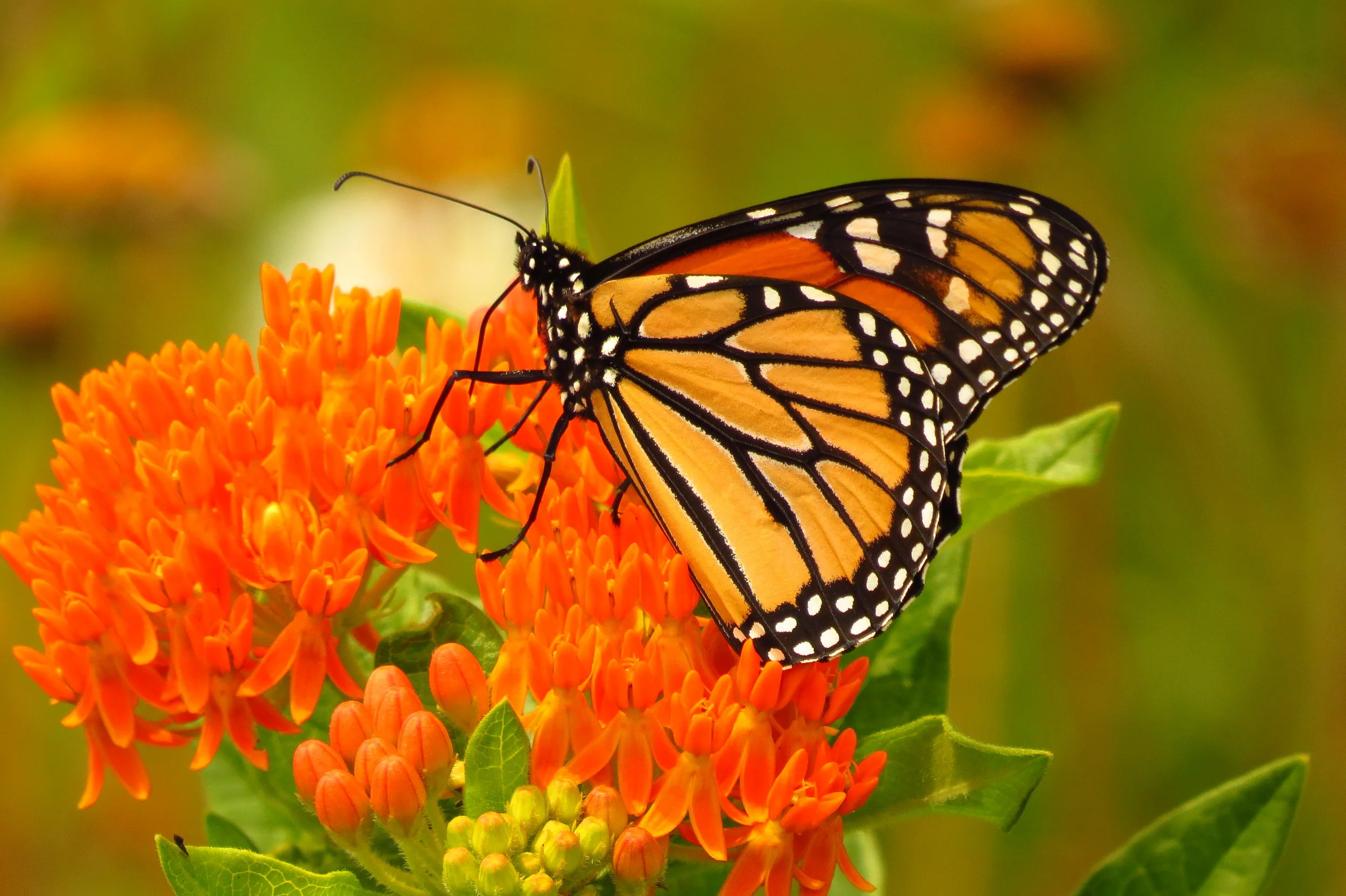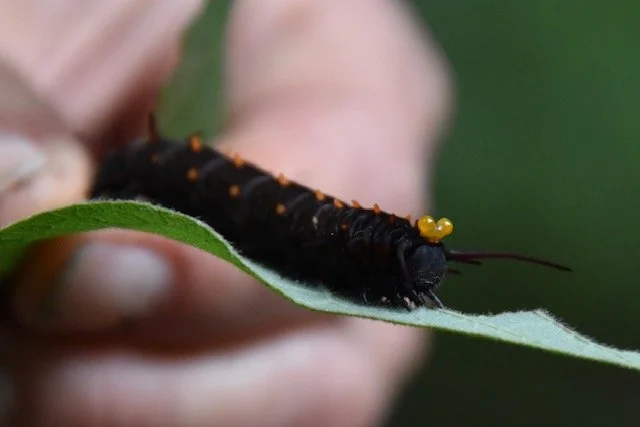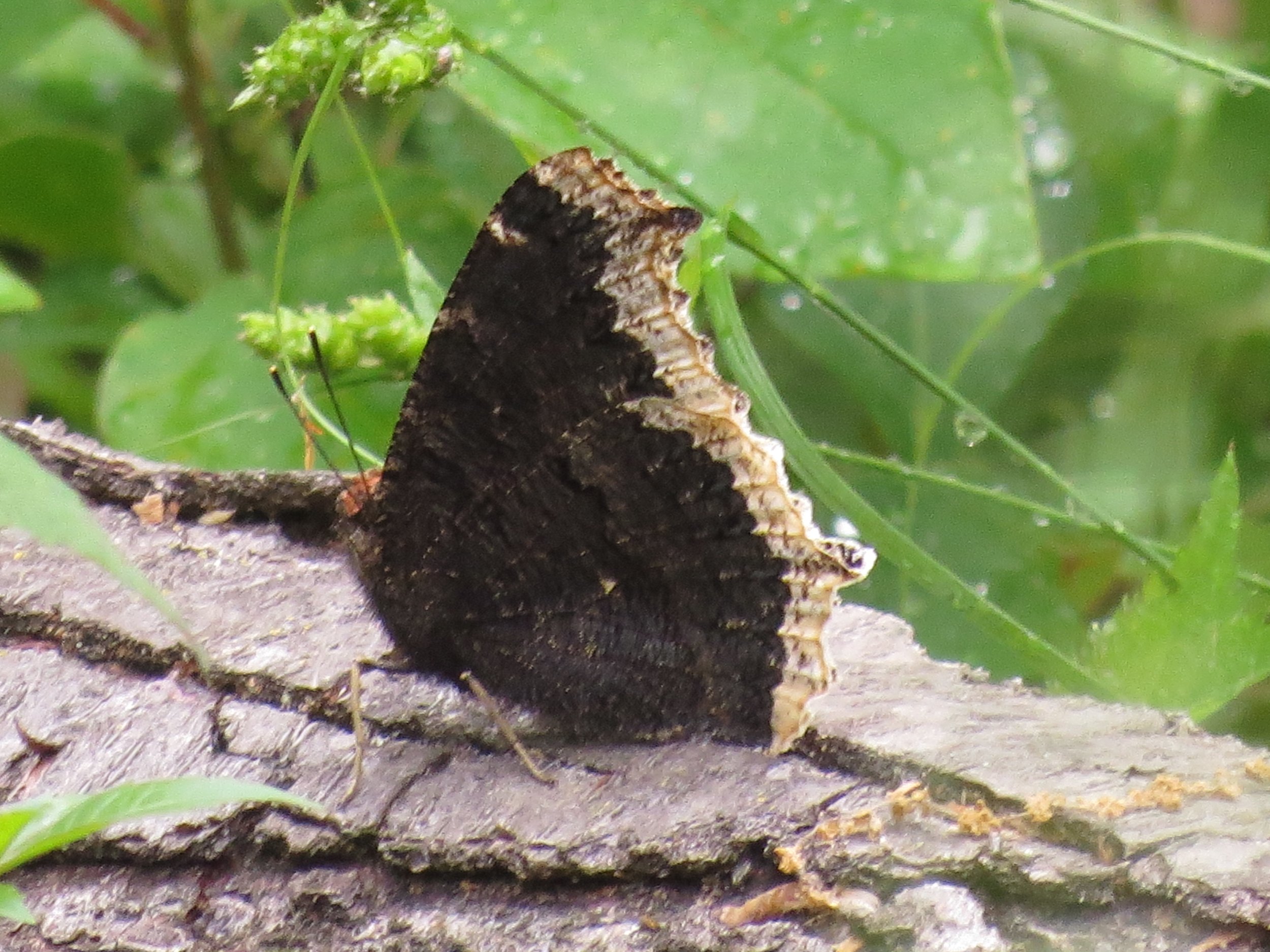It's the End of the World for Monarchs . . . Again
/In a recent article in the online SFGATE, a doom and gloom prediction of the extinction of the monarch butterfly is made. This prediction is based on the dismal showing of monarchs at over-wintering sites in California during the 2018 Thanksgiving count. At these counts, volunteers attempt to estimate the number of monarchs at various over-wintering sites along the coast of California. This count is specific to the recognized “western population” in North America of the butterfly. The “eastern population” of monarchs migrates to the mountains northwest of Mexico City. The data reflecting the eastern population is normally not released until February or March.
Link to the SFGATE: https://www.sfgate.com/science/article/monarch-butterflies-california-extinct-decline-13507308.php?fbclid=IwAR26BiNRgkDHGFL7d9_vwSgj0rzAjt853ViQEM3qHIu0Xo1O0bEfLsGMI-g
The SFGATE article uses such language as, “Numbers have declined precipitously over the last two decades and extinction looks increasingly likely.” and “The species will likely go extinct in the next few decades if nothing is done to save them, a 2017 study by Washington State University researchers found.”
Truly, the number of monarchs in the 2018 Thanksgiving count was disappointing, showing an 86% decrease over the previous year. Also disappointing is that western researchers do not seem to have any inklings of what caused such a precipitous one-year drop, especially considering that the western population had been relatively stable for several years, per this graph showing data through 2016.
To say that monarchs are going extinct however is scientifically wrong and more aligned to fear-mongering. I started tagging monarchs in Indiana in 1997. I began my own monarch research (the Southwest Monarch Study) in 2003. I co-authored a peer-reviewed scientific paper regarding the status of monarchs in Arizona in 2015. And I have been hearing talk of this imminent extinction of monarchs throughout that entire time.
The article also contains this quote, “The organization says there is no substantial evidence of a delayed migration, nor are the butterflies being reported in other parts of the country.” The organization referenced in this quote is the Xerces Society. This quote is flat-out wrong, or perhaps I will be more generous to say grossly misworded. Monarchs are found in pretty much every state in the country. As already mentioned, there is an eastern population which loosely describes monarchs east of the Rocky Mountains. Some folks, myself included, would consider the southwestern population of monarchs, occupying Arizona, western New Mexico, and southeastern Nevada, as a separate population from the western population based on migratory behavior. There is also a year-around population of monarchs in Florida. The California Thanksgiving counts do not measure any of these other populations. And, in fact, the eastern population had a banner year this year!
There is also populations of monarchs in Hawaii and New Zealand. If the western population of monarchs did dry up and go away, God forbid, that would be an extirpation, not an extinction. By definition, extinction would mean no more monarchs, anywhere.
Chicken Little-ism is no stranger to conversations about monarchs, and understandably so. A lot of people love these big orange butterflies. How this butterfly migrates 2000 miles to the same over-wintering sites year after year truly boggles the mind, considering so many humans can’t find their way across town without GPS. But I think something is being lost, and that something is faith, faith in these incredibly delicate, yet resilient creatures.
In the graph above you can see that western monarchs have had other bad years (2007 & 2009) and yet they bounced back. The eastern population had a horrendous year in 2013, yet their numbers had octupled by 2015. The alarmist outlook that has perpetuated monarch-ism in the past 20 years has yet to lead to the oft predicted extinction.
Now, is everything peaches and cream for the monarch butterfly? Absolutely not. The greatest impact on monarchs is habitat loss. That habitat loss takes on a variety of forms; urbanization, fires, excessive and unnecessary mowing all take a toll. While security at the Oyamel forests in Mexico has increased, that important over-wintering habitat needs to continue to be protected, as does eucalyptus groves in California used by over-wintering monarchs.
You can create habitat in your own home landscape. Planting milkweed, preferably perennial and native to your area, along with other native nectar perennials will go a long ways to benefiting monarchs. And creating habitat is relatively easy. Watch our Landscaping for Life video series on YouTube (https://www.youtube.com/channel/UCV01hdepVOolREAKVGMe43g) to get habitat creation ideas. Realize that your local Soil and Water Conservation office can help with equipment and grants for you to create habitat. Visit our Ohio Native Plant Seed Xchange Facebook page as a free source of native nectar and host seeds to build your monarch garden.
No, all is NOT lost. And you can play a big role in making sure that it isn’t!














